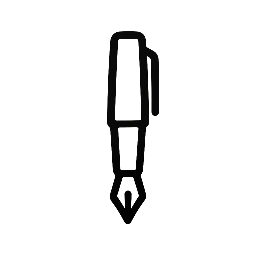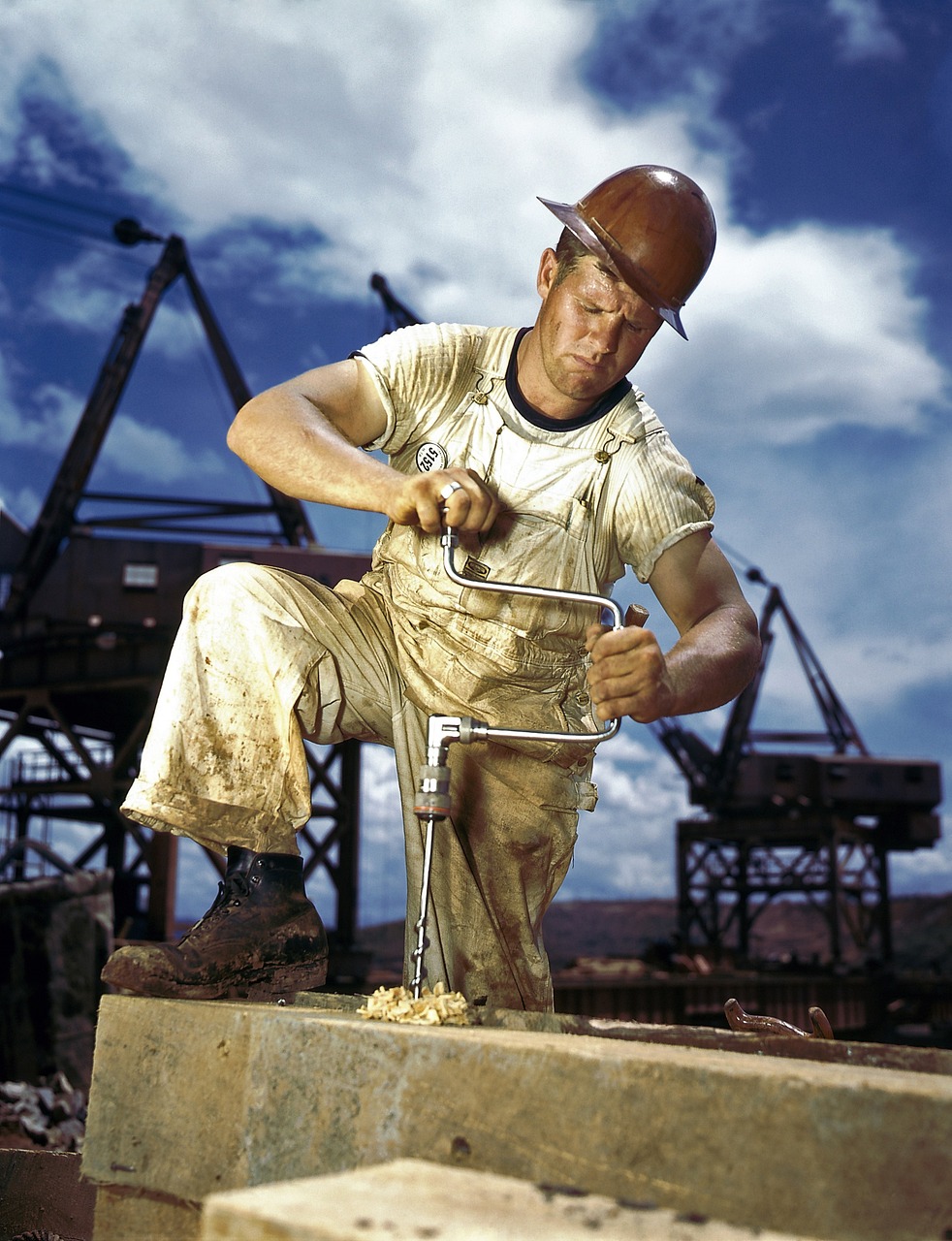Sheet metal shears are tools designed to cut metal sheets with precision and efficiency. They range from manual hand shears to large industrial machines, each suited for different thicknesses and types of metals. Their primary function is to provide clean, straight cuts to prepare metal for fabrication and assembly.
Users rely on sheet metal shears to reduce waste and improve accuracy in metalworking tasks. Choosing the right shear depends on the project’s scale and the metal’s hardness, thickness, and size. Understanding these tools helps operators work more safely and effectively.
Knowing how sheet metal shears operate can save time and material costs. This article will explore the various types, features, and applications of sheet metal shears to guide informed decisions in metal cutting projects.
Types of Sheet Metal Shears
Sheet metal shears vary by power source and operation mode, affecting their cutting capacity and precision. Each type offers distinct advantages depending on the work environment and sheet metal thickness.
Manual Shears
Manual shears operate through direct human force, often using a lever or rotating handle. They are suitable for thin materials, typically under 3 mm thick, and for tasks requiring straightforward, small-scale cuts.
These shears are simple to maintain and cost-effective, ideal for light fabrication or occasional use. Their cutting capacity is limited by the user’s strength, making them less efficient for large or repetitive jobs.
Manual shears provide clean, straight cuts but may struggle with thick or hardened metals. They are often found in workshops focused on prototyping or repair work requiring precision without high volume.
Hydraulic Shears
Hydraulic shears utilize fluid pressure to power the cutting blade, allowing them to cut thicker sheet metals with less operator effort. They excel at handling large volumes of work and materials up to 25 mm or more, depending on machine specifications.
These machines offer precise, quick cuts and often include adjustable back gauges for repeatability. Maintenance involves checking hydraulic fluids and seals to ensure consistent performance and prevent leaks.
Hydraulic shears are essential in industrial settings where heavy-duty cutting and efficiency are necessary. Their upfront cost is higher but offset by increased productivity and durability.
Electric Shears
Electric shears combine motorized cutting with handheld mobility. They use electric power to drive the blade, allowing faster cutting speeds compared to manual tools and increased control compared to pneumatic shears.
They suit medium-thickness materials, typically between 1 mm and 6 mm, and are favored for trimming, shaping, and contour cutting in workshops and construction sites. Their weight and size vary, influencing maneuverability.
Electric shears reduce operator fatigue and produce cleaner edges with less material deformation. Regular inspection of the motor and blades ensures optimal function and safety during operation.
Key Features and Selection Criteria
Choosing the right sheet metal shear depends on factors like blade quality, cutting power, and safety mechanisms. These determine performance, longevity, and user protection during operation.
Blade Material and Durability
The blade material directly affects cutting precision and lifespan. High-carbon steel and tool steel blades are common due to their hardness and wear resistance. Carbide-tipped blades offer greater durability for abrasive materials but come at a higher cost.
Blade sharpness retention minimizes downtime for sharpening or replacement. Hardened steel blades resist chipping and deformation, maintaining clean cuts over long periods. Users should consider blade thickness and edge design for specific metal types to ensure compatibility.
Regular maintenance like lubrication and proper storage extends blade life. Some models feature replaceable blades, easing upkeep and reducing overall expenses.
Cutting Capacity
Cutting capacity refers to the maximum metal thickness and type a shear can handle. This varies significantly across models.
Shears designed for thin gauges (up to 16 gauge) are suited for sheet metal, aluminum, or mild steel. Heavy-duty machines can cut thicker metals, sometimes up to 1/4 inch or more, including stainless steel.
Users must match cutting capacity with their material requirements to avoid overloading the tool. Exceeding capacity risks blade damage and imprecise cuts.
Specifications usually list maximum thickness for different metals—this guides selection based on the commonly processed material.
Safety Features
Safe operation is essential for sheet metal shears to prevent injury. Many models include guards around the blade to shield fingers during use.
Two-hand operation systems require simultaneous activation, reducing accidental startup. Emergency stop buttons are common on powered shears to quickly halt motion.
Anti-kickback mechanisms prevent sudden blade movements that could cause harm. Clear labeling and non-slip handles also contribute to safer handling.
Users should verify that the shear meets relevant industry safety standards, such as OSHA or ANSI, dependent on their region.


Leave a Reply